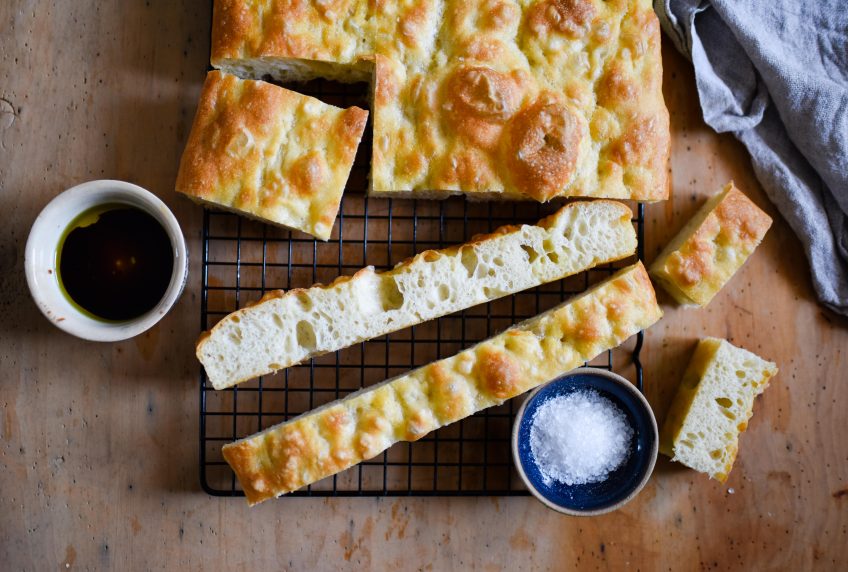
A little while ago I put out a request on instagram, asking people what they’d like to see me bake next. I got a lot of requests for focaccia, this is one of my favourite breads, but I’ve always found it difficult to make.
I tried to make a version a long time ago which had red onions and rosemary on top. It was so dense and the toppings made it almost raw in sections. I was completely put off by the whole process.
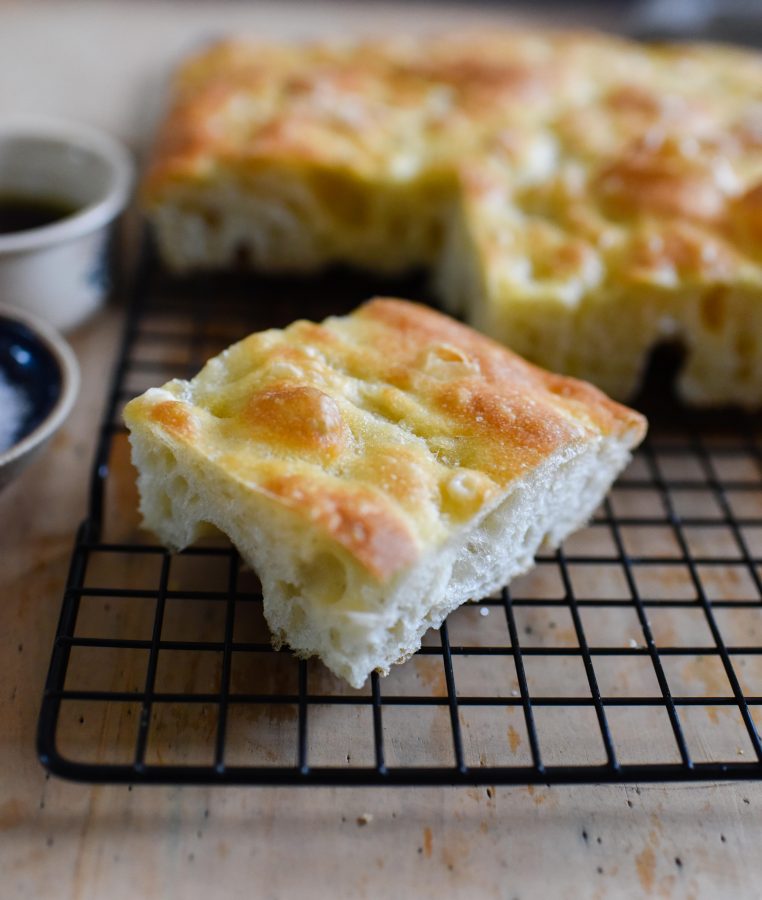
When I decided to give it another go, I knew I had to do some research. I read up about all of the different varieties of focaccia from all of the different regions of Italy. The main differences seemed to be in the toppings, the Genovese focaccia which has a water and salt layer poured on top for the second prove is much more plain, but equally as delicious as the more elaborate, rosemary, oregano, olive, onion and tomato versions.
I found that some very traditional focaccia recipes use a pre-ferment called a biga, which is similar to a poolish or a sourdough starter. This gives a depth of flavour to the bread and makes it a bit more interesting, especially when you go with the Genovese version, which needs something to stand up against the salt and olive oil. It’s very simple to make and is just a mix of flour, water and yeast that is left to rest at room temperature for a while before making the bread.
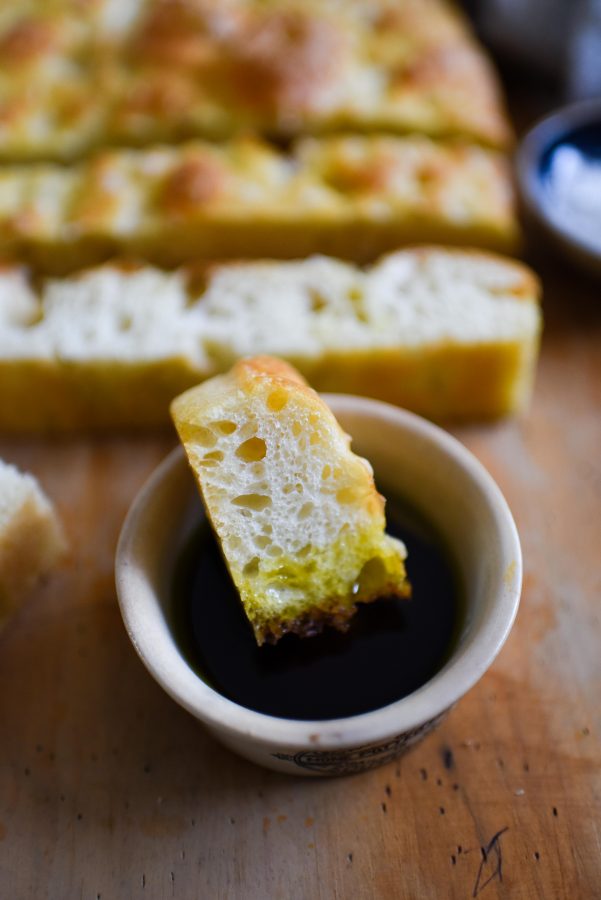
After all of my research I began with the basics, I would need some tipo 00 flour, Italian olive oil and some good salt. I really would urge you to buy the specific flour for this recipe as it is a finer texture and it makes Italian bread just like you would expect. This flour is easily available from most supermarkets in the UK.
This traditional focaccia uses the Genovese recipe, unsurprisingly from Genoa. The dough is very wet, so I would recommend that you really need a stand mixer to make this bread, so that you are not tempted to add more flour to the recipe. The wet dough is left to prove in an oiled bowl and then shaped, proven once more and then proven for a second time in a salt water crust, which makes the dough bubble up and develop a lovely airy texture and taste.
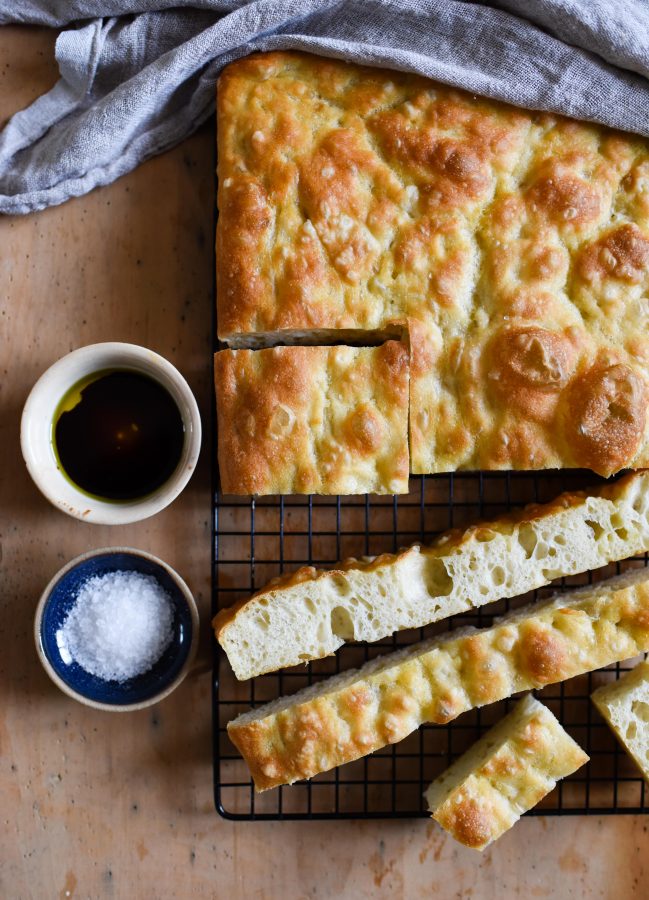
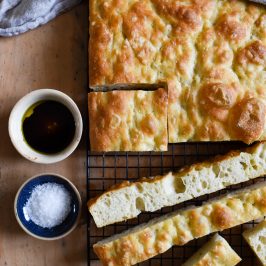
Traditional Focaccia
Ingredients
- ***Biga***
- 250 g Type '00' Italian Flour
- 250 ml Water
- 1/4 Tsp Fast Action Dried Yeast
- ***Dough***
- 300 g Type '00' Italian Flour
- 200 ml Water
- 7 g Fast Action Dried Yeast
- 3 Tbsp Italian Extra Virgin Olive Oil
- 9 g Salt
- ***Topping***
- 100 ml Water
- 2 Tbsp Italian Extra Virgin Olive Oil
- Pinch of Salt
- Flaked Sea Salt
Instructions
- Begin by mixing the biga. This is just another name for a pre-ferment or a starter, like a poolish. This helps the bread develop a slightly stronger flavour and helps with the texture. Combine the flour, water and yeast in a large bowl and stir until combined.
- Cover with a layer of cling-film and leave to bubble away somewhere warm, but not too hot for around 12-16 hours.
- When the Biga has doubled in size and the surface is covered in bubbles it's ready to use.
- Place the Biga in the bowl of a stand mixer and add the rest of the dough ingredients. Make sure the salt and yeast do not touch as this can stop the yeast from working.
- Attach the dough hook and mix on a very slow speed to begin with as the ingredients like to jump out of the bowl. When it is all starting to come together increase the speed to 6 if using a kitchenaid or medium if using another kind of mixer.
- Continue to mix for around 6 minutes or until the dough is elastic and pulling away from the sides of the bowl and sticking to the dough hook.
- Take another large bowl and oil it lightly with olive oil as this dough is really sticky.
- Remove the dough from the dough hook and using a dough scraper, scrape the dough into the oiled bowl. Oil a piece of cling-film (just in case, it shouldn't get that big) and cover the bowl. Place it somewhere warm for 60-90 minutes or until it has doubled in size.
- The dough should be very stretchy and sticky by this point.
- Prepare a normal baking tray, around 25cm by 35cm 2-3cm deep, by greasing it with a teaspoon of olive oil and then dusting it lightly with a layer of type 00 flour.
- Take the dough from the bowl using a dough scraper and drop it into the baking tray.
- Using your fingers stretch the dough until it fills the whole tray.
- Cover lightly with oiled cling film and leave to rise for another 30mins.
- Mix together the warm water, oil and salt until it has emulsified.
- After the bread has proven pour the water and oil mixture gently over the bread so it all stays in the pan.
- Gently use your fingers to make indentations all over the dough to give it the signature focaccia look, pressing down the bottom of the tray, but not piercing the dough.
- Leave to prove for another 30 mins.
- Pre-heat your oven to 200C Fan and place a small bowl of water in the bottom of your oven, something like 100ml of water.
- When the oven is hot the water will provide some much needed steam.
- Sprinkle your with some flaky sea salt, how much is ip to you.
- Bake it in the pre-heated oven for 20-25mins until golden. You don't want it too dark.
- Also it comes out quite hard, just allow the bread to soften as it cools.
- Serve in squares and sliced and filled with meat and cheese of cut into fingers and serve with balsamic vinegar and olive oil.
Thanks for reading.
Angela


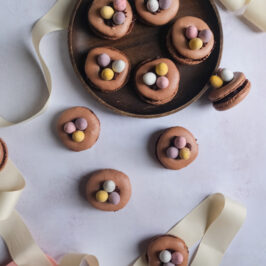
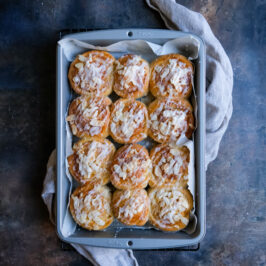
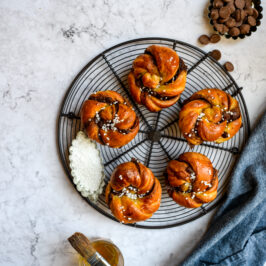
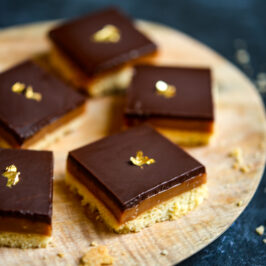
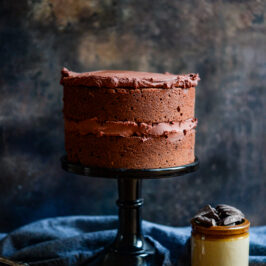
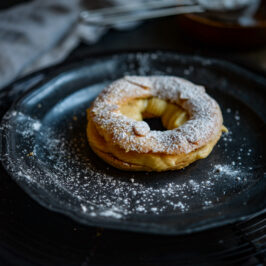
EllenMarie
I’ve been baking bread for many years, and I’ve made focaccia countless times. This recipe is, by far, the best I’ve come across. I recently purchased 00 flour, and found this recipe. It’s delish. I did bake it in a bigger sheet pan, however, because I wanted a thinner result. It was so weird pouring salty, oily water over my dough, but it totally worked. Next time, I’m adding meaty, cheesy toppings. Thank you.
patisseriemakesperfect
Ellen that is so lovely to read, bread is my nemesis and I am currently trying to get to grips with sourdough. So I really appreciate your kind words.
I forgot all about this recipe, I’ll have to go back and make it again! I did a lot of research for this as I have had some really bad focaccia and I wanted to recreate some delicious focaccia from a favourite restaurant of mine. I haven’t tried ciabatta, because I hear that’s tough to make, so let me know if you have a recipe to recommend.
Jodie Dodd
Looks delicious Angela! There’s really nothing better than the smell of fresh baked bread or a warm loaf right out of the oven. x
patisseriemakesperfect
You’re so right Jodie and this was really, really delicious.
stefano - italianhomecooking.co.uk
well done, it looks really good and authentic. just one thing that might be useful to many: 00 flour is not actually needed for focaccia: or to be more precise: 00 refers to how finely the flour has been milled, so one can have 00 flour that is suitable for cake making (low in gluten) and one that is suitable for bread making (high in gluten). It is very confusing, I know. In the UK, it would perhaps be best to go for either plain of bread flour. I also always add 10% wholemeal flour and 5% rye. Anyway yr focaccia looks really good: open crumb and not too high (generally here in the UK focaccia is baked far too high and spongy, this is very Un-italian). ciao, stefano
patisseriemakesperfect
Thank you so much for the detailed information Stefano, that is so helpful. I made focaccia once before using strong white bread flour and it was horrid. I could only find 00 flour that was for pasta, but it turned out pretty well.
I am so glad you liked the look of my focaccia, that is the ultimate compliment!
Sue
So, is ’00’ Italian Flour the same as all-purpose flour? Btw, is fast action dried yeast = dry yeast? Those that we get in Asia are the usual vacuum packed dry yeast. I have never heard of fast action dried yeast. What’s the difference?
patisseriemakesperfect
Hi Stefano,
Fast action dried yeast is sometimes a bit more powerful that just dried yeast, so you may find you need more yeast than stated in the recipe.
00 Flour is used for pasta, bread etc and is quite fine – I would suggest using a half/half mixture of bread flour and plain flour to make the bread.
Thanks
Angela
Sugar et al.
Lovely Angela! The texture is so amazing with big and small air pockets. Your breads are always spot on!
patisseriemakesperfect
Oh wow thank you! Bread is a very new thing for me, so I’m glad you think I’ve nailed this focaccia. It makes a really great sandwich. The water and salt brine helps with the air pockets, it looked very limp and lacklustre before I added it.
Craig - The Usual Saucepans
It looks perfect! I struggled with focaccia a few times before getting it right as well. Also love the colour your top has, nothing quite like a golden focaccia!
patisseriemakesperfect
So true Craig – the crust is such an important part of bread. When you get it right, it’s great isn’t it?
Coco in the Kitchen
I want this for dinner!
Shhh, don’t tell my mom.
patisseriemakesperfect
My lips are sealed.
Hannah Bond
This looks gorgeous! Focaccia is one of my favourites. I know a great recipe for a potato focaccia, which sounds so wrong, but tastes so right…
patisseriemakesperfect
I’ve heard of potato focaccia and it sounds very intriguing. I’m sure I’d love it!
Diana Johnson
This bread is gorgeous! I love how specific you made your instructions – they will really help anyone trying to make this bread.
patisseriemakesperfect
Thanks Diana, I’m so glad this comes across as helpful.
Brian Jones
That looks pretty much perfect, if you did struggle last time round it certainly does not show here 😉
patisseriemakesperfect
Cheers Brian, this is a really delicious recipe.
Claire@foodiequine
This looks so tasty, love Italian breads. This looks so light. I’m glad you had another attempt as it looks amazing.
patisseriemakesperfect
Thank you Claire, I love Italian breads too and I’m so pleased I didn’t give up either.
Diana
I love focaccia, and usually make one with tomato basil or olives. This looks very delicious!
patisseriemakesperfect
That sounds lovely Diana, now I’m more confident, I’ll have to try one like that.
Prasanna Hede
I didn’t just check this recipe but many others as well, you have quite a collection here. Need to save this.
patisseriemakesperfect
Thank you Prasanna, I’m so pleased you like my blog.